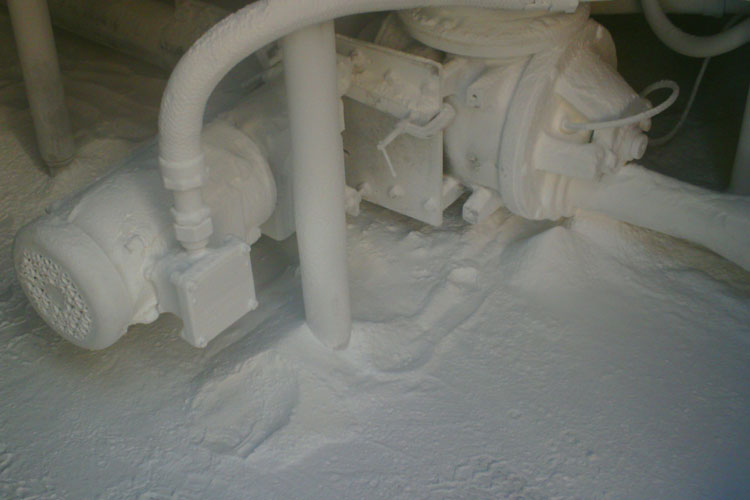The colder months are the most dangerous for combustible dust hazards as the low humidity make it easier for particles to collect in a confined area and cause an explosion. A study done by the U.S. Chemical Safety Board revealed that 7 out of 8 serious combustible dust explosions that occurred between 1995 and 2009 took place in the colder months with the same characteristics as winter.
The weather is not the only cause of an atmospheric instability within a facility, the following practices also raise the risk of a combustible dust explosion.
- Transportable heating units are an extra source of ignition.
- Closing wall dampers and bay doors cuts natural ventilation and air circulation.
- When ventilation is reduced, the heat is conserved.
- Recirculation of air from the exhaust system goes up.
- Cleaning practices that rely heavily on water are not as effective or applicable when the temperatures go down.
Strictly following these tips can go a long way in keeping your facility safe during winter but this doesn’t mean that combustible dust hazards are not present regardless of what the thermometer or the calendar say. The main thing is to have a suitable industrial vacuum cleaning system along with an effective housekeeping program. You should also keep your employees educated about the seriousness of combustible dust.













